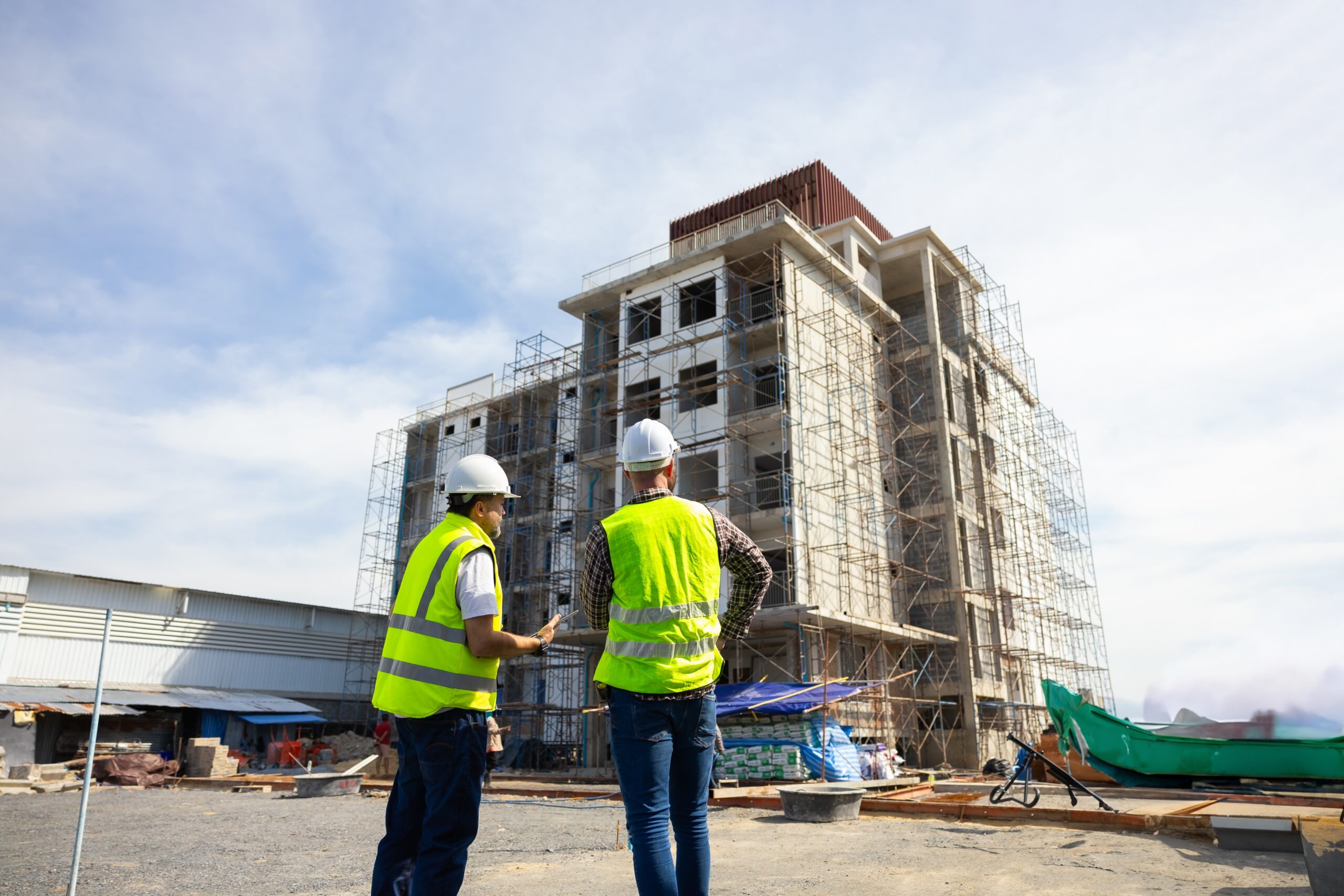
Securing buildings insurance for blocks of flats has never been straightforward – and it becomes significantly more complex when fire safety issues are involved. Since the Grenfell tragedy, insurers have taken a much stricter approach to underwriting blocks affected by combustible cladding, missing fire barriers, timber balconies and other related defects.
As specialist brokers for blocks of flats, we understand the unique challenges these risks present — and, more importantly, how to overcome them. In this article, we explain why insurers are wary of these buildings, what they look for when assessing cover, and how we can help leaseholder-led blocks, freeholders and managing agents secure the protection they need.
Why Fire Safety Defects Make Flats Blocks Difficult to Insure
- Blocks of flats present a concentrated risk for insurers — multiple households within a single structure, shared fire safety systems, and communal responsibilities. When fire safety defects are identified, insurers immediately become concerned about:
- The potential for catastrophic loss if a fire spreads unchecked
- The cost of remediation, which can run into the millions
- Legal exposure to claims from residents and leaseholders
- Negative PR in the event of high-profile incidents
In many cases, insurers will either decline to quote, impose strict exclusions, or demand substantially higher premiums — regardless of the property’s claims history.
Common Fire Safety Issues in Blocks of Flats
Some of the most frequent fire safety risks that can impact insurability include:
- Combustible cladding (e.g. ACM, HPL or timber)
- Timber decking or balconies
- Inadequate or missing cavity barriers and fire stopping
- Defective compartmentation between flats
- Delays or disputes over remediation responsibilities
Even if the building is low-rise or of relatively new construction, the presence of any of the above can lead to difficulties obtaining cover.
What Insurers Need to See
While many mainstream insurers may not be able to consider blocks of flats with fire safety defects, there are specialist markets that will, provided the risk is well presented and properly understood.
Insurers will typically require:
- A recent Fire Risk Assessment (FRA) — ideally within the last 12 months
- An EWS1 form, where applicable, showing external wall compliance status
- Details of remediation plans (if required) — including timelines and funding arrangements
- Full construction information — including cladding types, insulation materials, and any fire protection systems
- Occupancy details — such as whether units are owner-occupied, sublet, or used as short-term lets
A proactive approach to fire risk management — even if remediation is still pending — can make a significant difference in securing terms.
How We Help Residential Management Companies Navigate the Insurance Market
At Champion Insurance Group, we specialise in buildings insurance for blocks of flats, including those with complex fire safety issues.
Whether you’re a managing agent, freeholder or a residents’ management company (RMC), we can help you navigate the market and access cover that others can’t.
Our service includes:
✅ Access to specialist insurers and facilities — including a new reinsurance-backed solution for blocks with known fire safety defects
✅ Expert guidance on documentation — we’ll help you gather and present the right evidence for underwriters
✅ Realistic market positioning — we explain your building’s risk profile clearly and honestly, to avoid blanket refusals
✅ Long-term planning — helping you secure short-term cover while working towards a more insurable risk over time
If your block of flats has been affected by fire safety issues, don’t assume there are no options available. We work exclusively with clients like you – and we know how to navigate this evolving and highly specialist market.
📞 03330 430 430
📧 info@ChampionInsure.co.uk
🌐 www.ChampionInsure.co.uk



